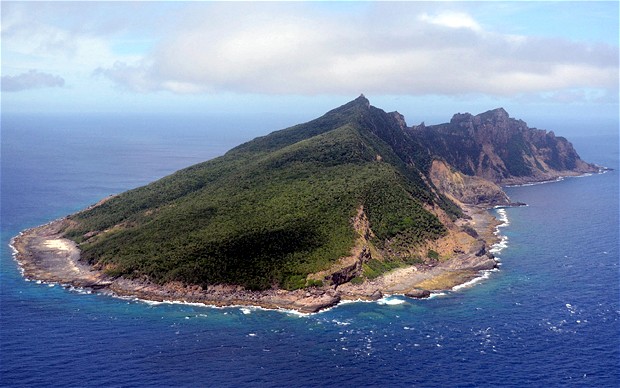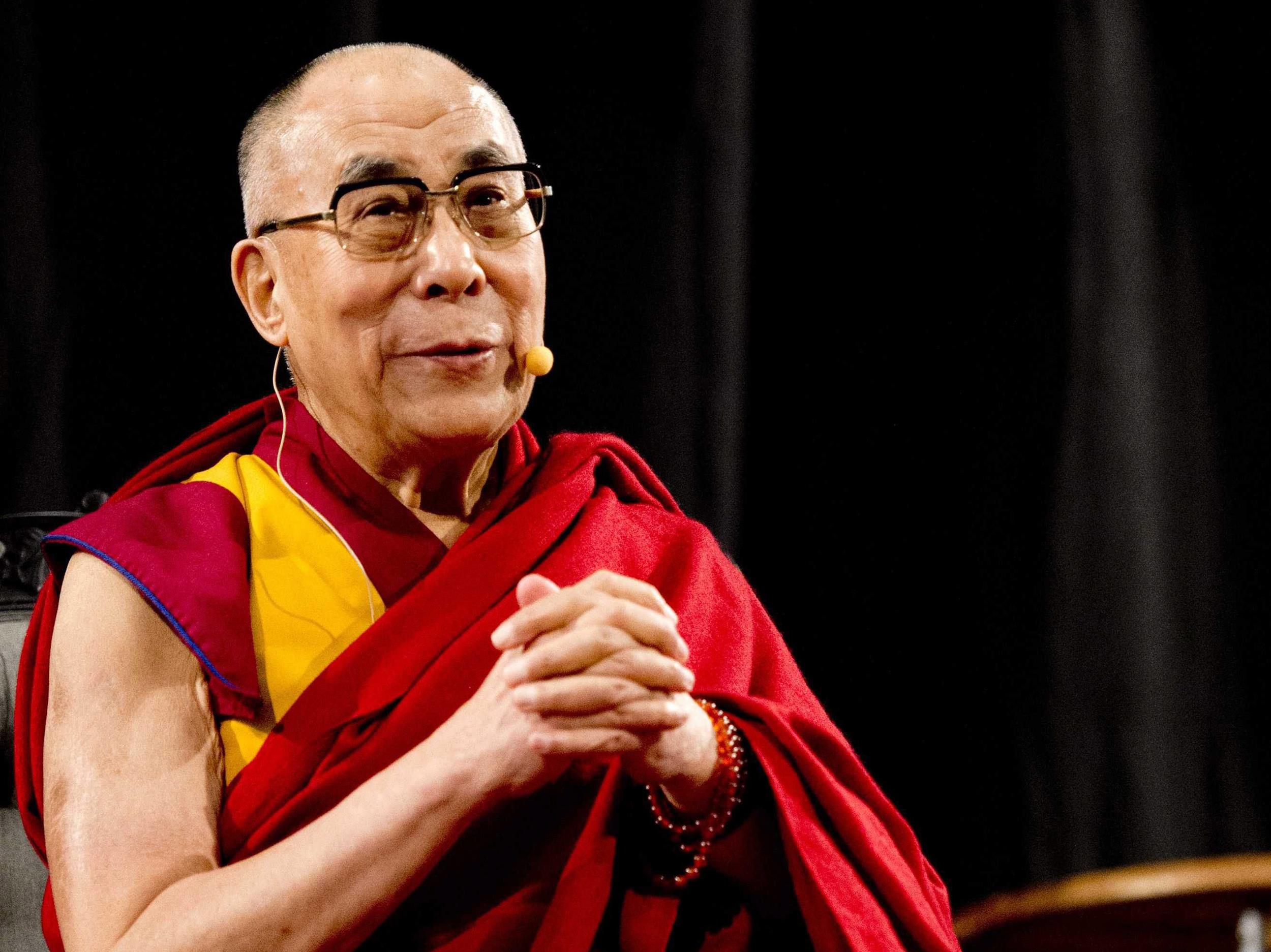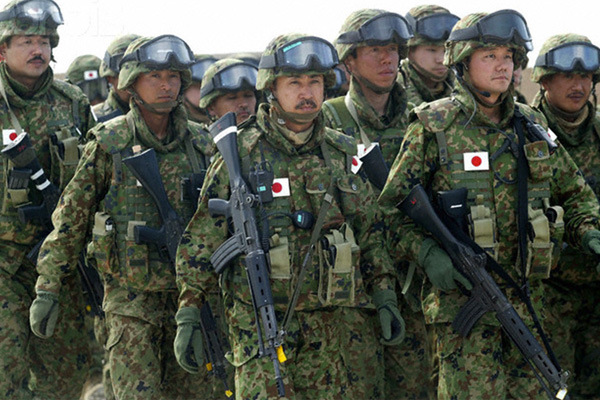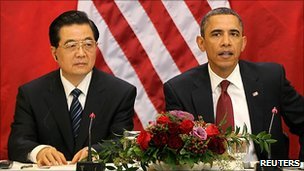With so much happening in the international community these days, with big ticket stories like the NSA spying crisis and the ongoing conflict in Syria dominating the headlines, you wouldn’t be out of place if you forgot that there is a storm brewing in the East China Sea between the region’s two most dominant states -China and Japan- over a bunch of strategically located islands in the area.
Although the origins of the Senkaku/Diaoyu islands dispute date back to the late 18th/early 19th century, the quarrel only really intensified in the 1960s and 1970s when it was discovered in a 1968 report by the United Nations Economic Council for Asia and the Far East that the islands and its immediate surroundings could be home to substantial oil and gas reserves that could be very lucrative to whichever country controlled the area.
After going through a fairly long and relatively quiet period, the flames were reignited late last year after Japan decided to buy the islands from their private owners sparking intense anti-Japanese protests in China. Since then, it has ballooned into a serious issue that has severely damaged relations between the two countries and threatens to bring them into military confrontation with each other.
Historical Background
China claims that the islands have been referred to as Chinese owned since the 16th century and that their inability to claim the islands in 1945 after the Japanese surrender was due to the civil war that raged in China and resulted in the split between Mainland China and Taiwan that remains to this day.
Furthermore, China claims that when Japan formally renounced ownership of some islands seized from China, including Taiwan, at the Treaty of San Francisco in 1951, they should have renounced the Diaoyu islands as well, but did not.
On the other hand, Japan claims that the island was uninhabited and that a 10 year survey in the late 19th century showed no signs of Chinese ownership prior to 1895 at the Treaty of Shimonoseki, when Japan seized some islands after winning the Sino-Japanese War, and that China raised no objections to the 1951 San Francisco treaty. In fact, Japan believes that China only really started pushing its claims after the 1968 report.
A Potential Hotspot
Of course, the fact that the United States continues to be in a military partnership with Japan means that they are involved in this crisis as well. This military partnership means that in the event that the Chinese launch a military attempt at permanently seizing the islands- considered part of Japanese territory by the Japanese government, the United States will be required to defend Japan as stipulated in the agreement. In fact, the United States confirmed just last year to China that the agreement applies to the disputed islands as well.
So far, the crisis has been largely characterized by little incidents like vessel clashes that have not really developed into anything more than diplomatic rows. The most high profile incident before this year was in December 2012 when the Japanese scrambled some fighter jets in response to reports that a Chinese plane was hovering near the islands.
However, with the recent Chinese move to establish an air defense zone over an area that includes the disputed islands, we could be seeing escalation in the near future. China is asking every airplane that flies over the air defense Zone to identify itself to traffic control every time it is in the zone. As expected, Japan, along with the United States, has already refused to comply with the new Chinese ruling as it considers it an infringement on Japanese territorial sovereignty.
One would expect that the United States, as the world’s superpower, would adopt a more neutral stance on the issue and be looking to facilitate peace in the region but recent actions suggest that the Americans could also be playing their part in escalation. The United States, like Japan and South Korea, has refused to comply with the recent Chinese ruling and has already defied Chinese orders by flying B-52 planes over the Chinese air defense zone as part of training exercise in nearby Okinawa without confirmation.
Already, the Chinese have responded within 24 hours by moving an aircraft carrier group into the south China sea, a region that is very close to the area under question. Although the Chinese government says that it is for strictly medical and scientific purposes, we can almost be certain that the Chinese have Japan on their minds. In addition, China has sent in warplanes to patrol the area and to shadow the American and Japanese planes in the area as well. They have also responded to criticism of their air defense zone by saying that Chinese pilots have the right shoot down any aircraft that refuses to follow Chinese orders within the air defense zone.
Judging by the sudden turn of events, it looks like this issue might not be resolved for a while and it is one that we should all be keeping a keen eye on.




